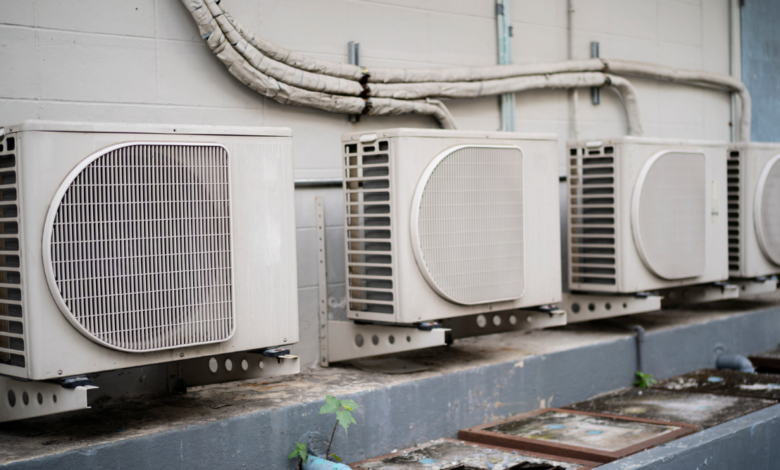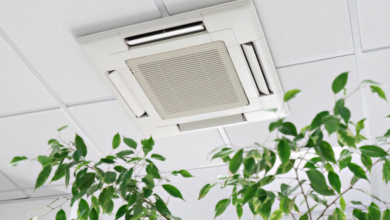How Ductless AC Improves Indoor Air Quality

Indoor air quality plays a critical role in your comfort and health. As concerns over allergens, pollutants, and ventilation continue to grow, many homeowners are looking for better ways to purify the air inside their homes. One effective solution gaining popularity in areas like ductless A/C in Dayton is the ductless mini-split air conditioning system.
Known for their energy efficiency and zoning flexibility, ductless systems also offer distinct advantages when it comes to cleaner, healthier indoor air.
No Ductwork, No Dust Buildup
Traditional central air systems rely on ductwork that often becomes a breeding ground for dust, mold, and allergens. Over time, these contaminants accumulate inside the ducts and are circulated throughout the home. Ductless systems eliminate this problem entirely because they don’t require ductwork to distribute conditioned air.
When choosing between ductless mini-split or central air conditioning, it’s essential to factor in not just the installation cost and energy efficiency but also the air quality impact. Ductless systems maintain a cleaner environment by preventing the spread of pollutants that typically collect in conventional ducts.
See also: How Metal Roofing Protects Your Home from Severe Weather Conditions
Advanced Filtration Systems
Many ductless AC units are equipped with multi-stage filtration systems that trap fine particulates, pollen, bacteria, and odors. These filters actively clean the air before it enters your living space, making them ideal for individuals with allergies, asthma, or other respiratory concerns.
The filtration components in ductless units are also easy to access and clean, which encourages regular maintenance and ensures consistent performance. This ease of upkeep further contributes to better indoor air quality.
Zoned Comfort Means Reduced Contamination
Another reason ductless systems improve air quality is their ability to provide zoned temperature control. Instead of one central unit cycling air throughout the entire house, ductless systems operate in individual rooms or zones. This approach reduces the likelihood of cross-contamination between spaces.
For example, if one room experiences higher humidity or contains airborne irritants like pet dander or smoke, those pollutants remain confined to that zone rather than spreading through the entire house.
Zoning also allows occupants to tailor air conditioning to specific needs, creating more comfortable and breathable environments in bedrooms, offices, or basements.
Better Efficiency, Healthier Homes
Because ductless systems avoid energy loss through ductwork, they operate more efficiently and maintain better humidity control. Balanced humidity is a major factor in air quality, as excess moisture can contribute to mold growth and dust mites.
Homeowners looking to improve their indoor air often overlook the benefits of ductless air conditioning, which include superior allergen control, fewer airborne particles, and better temperature regulation. The quiet operation and modern filtration options make ductless systems an all-around smart choice for clean and efficient cooling.
Conclusion
Ductless air conditioning systems do more than just cool your home; they also contribute to cleaner, healthier air. With no ducts to trap dust, advanced filters to capture allergens, and zoned control to reduce circulation of pollutants, these systems offer clear advantages in improving indoor air quality. When installed and maintained properly, ductless units can be a key component in creating a more breathable and comfortable home environment.





